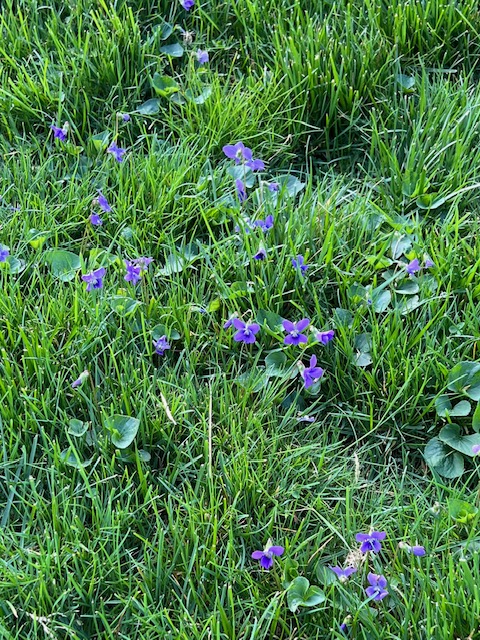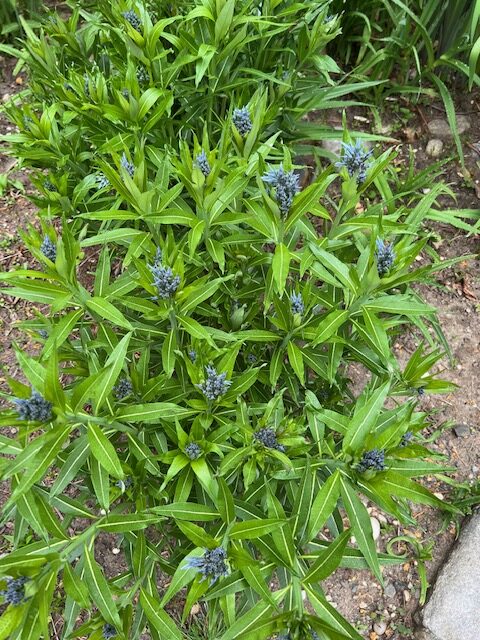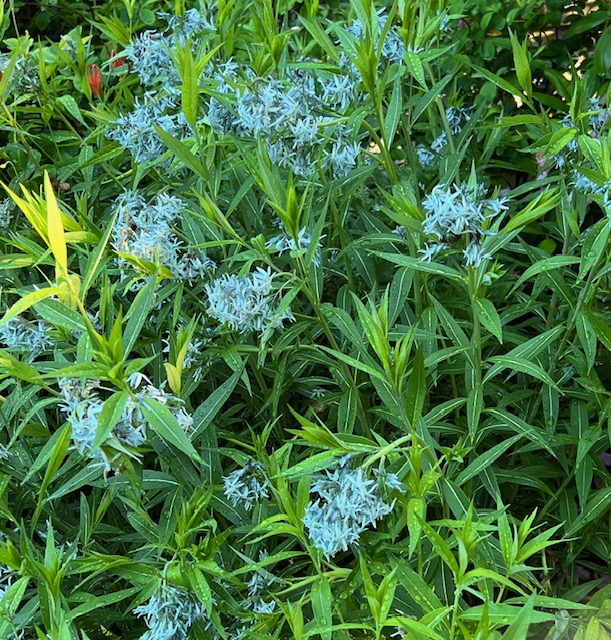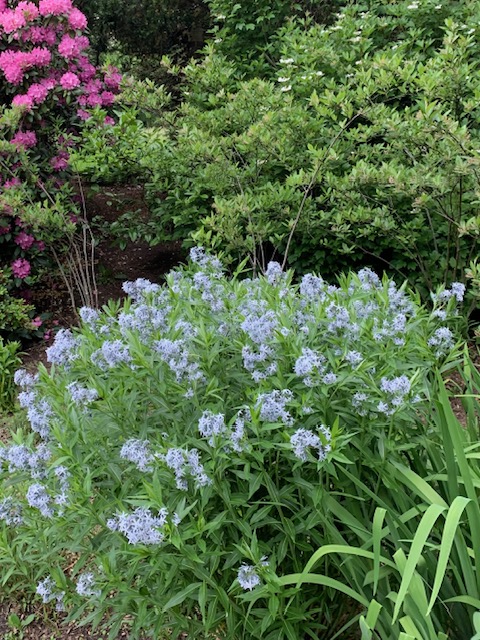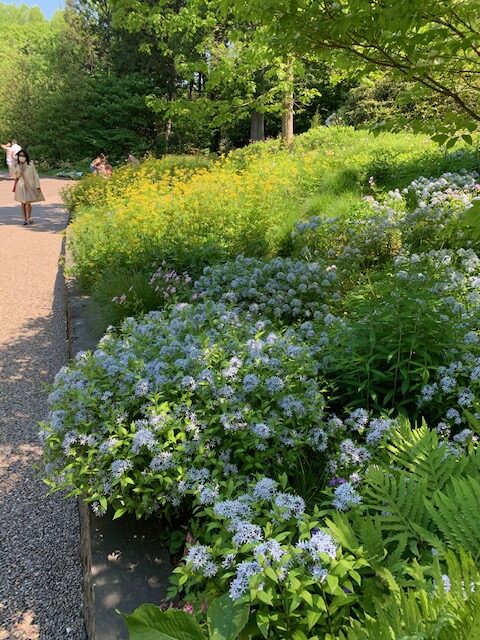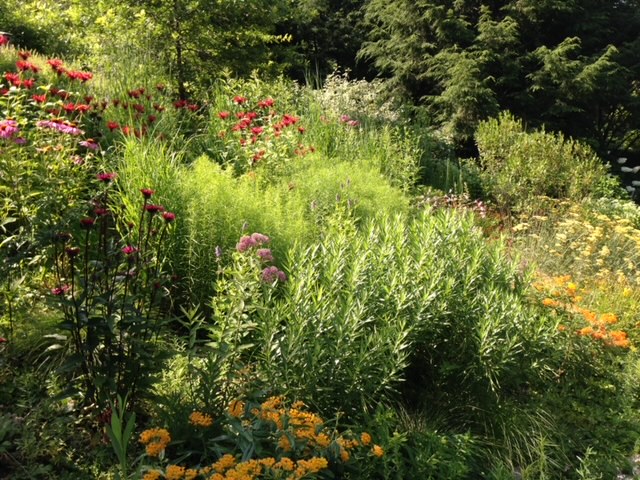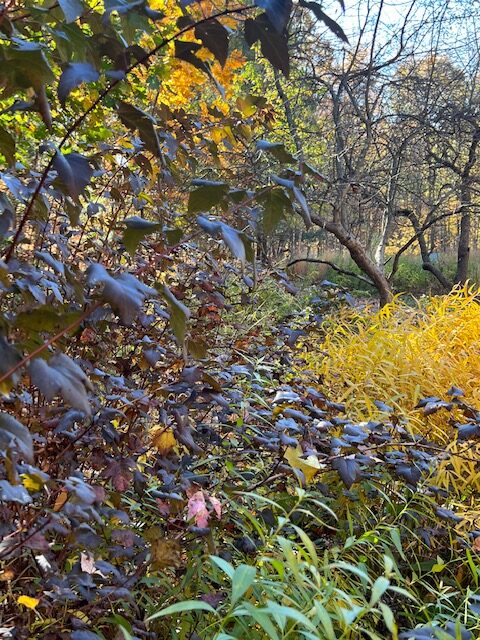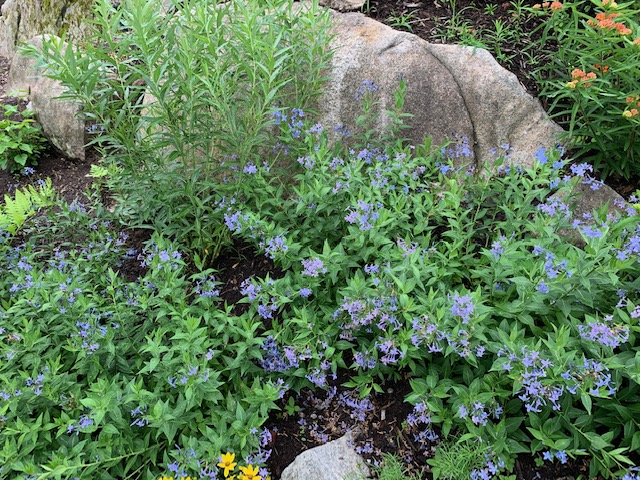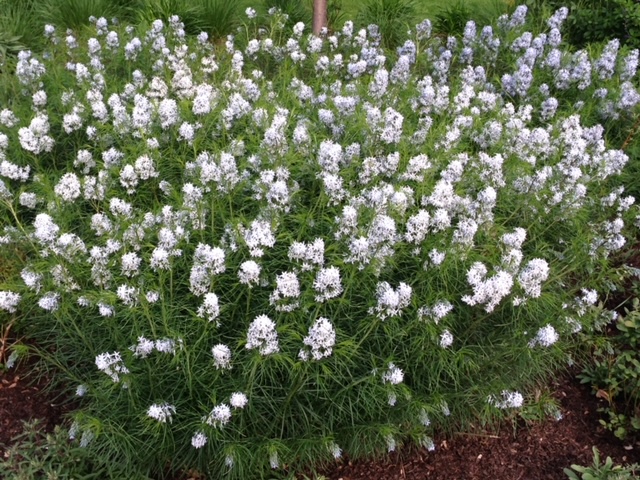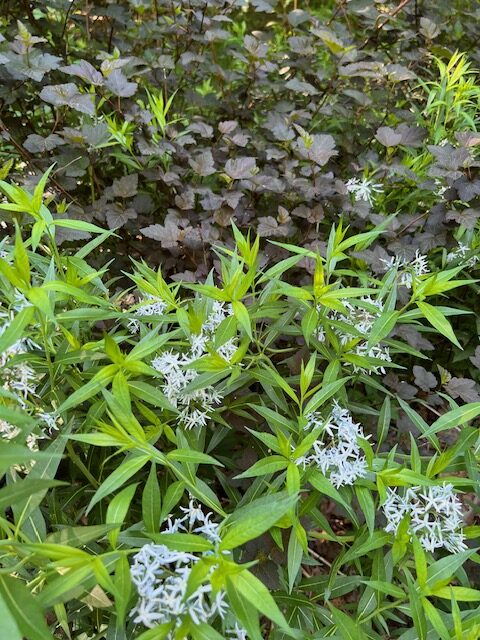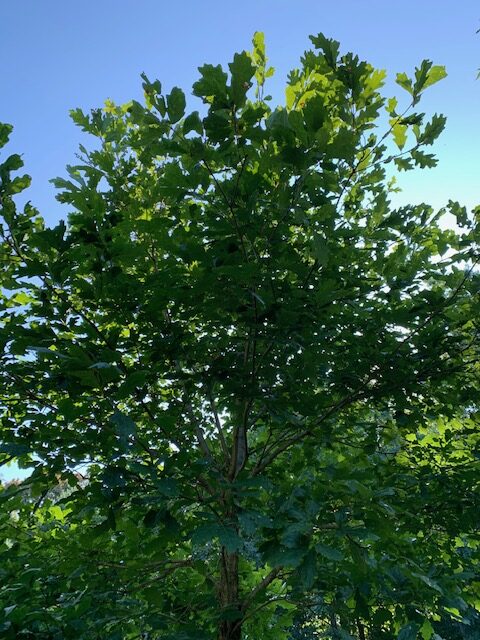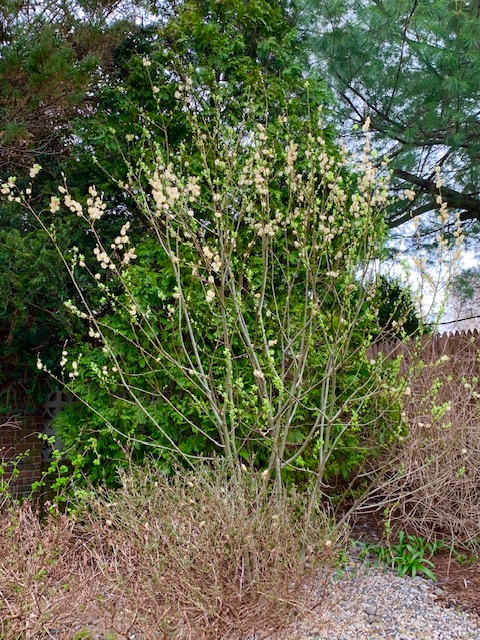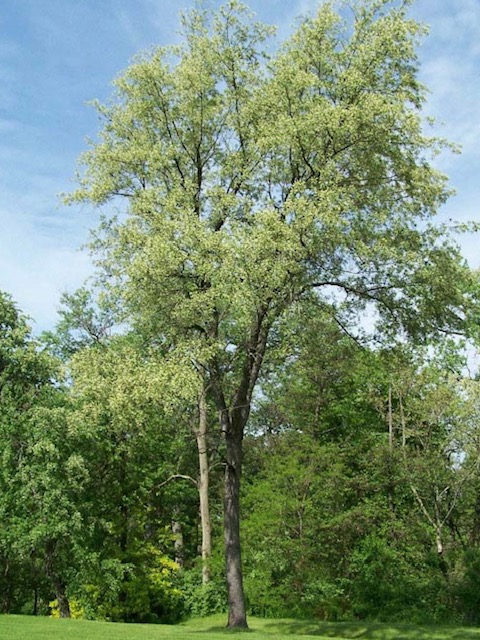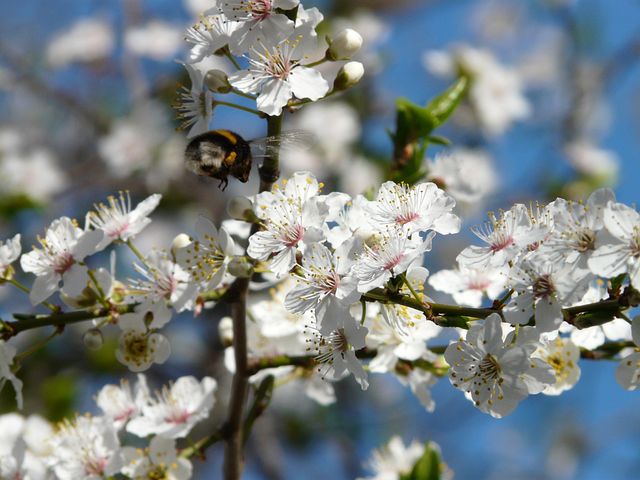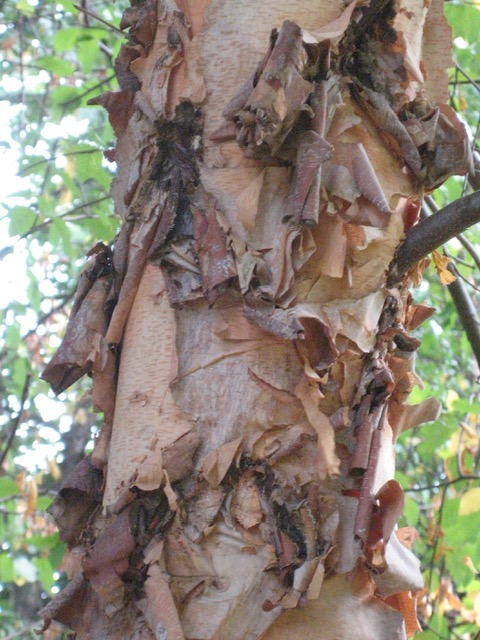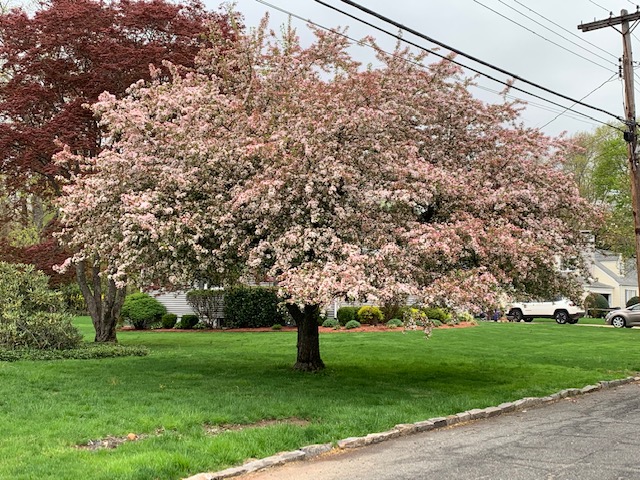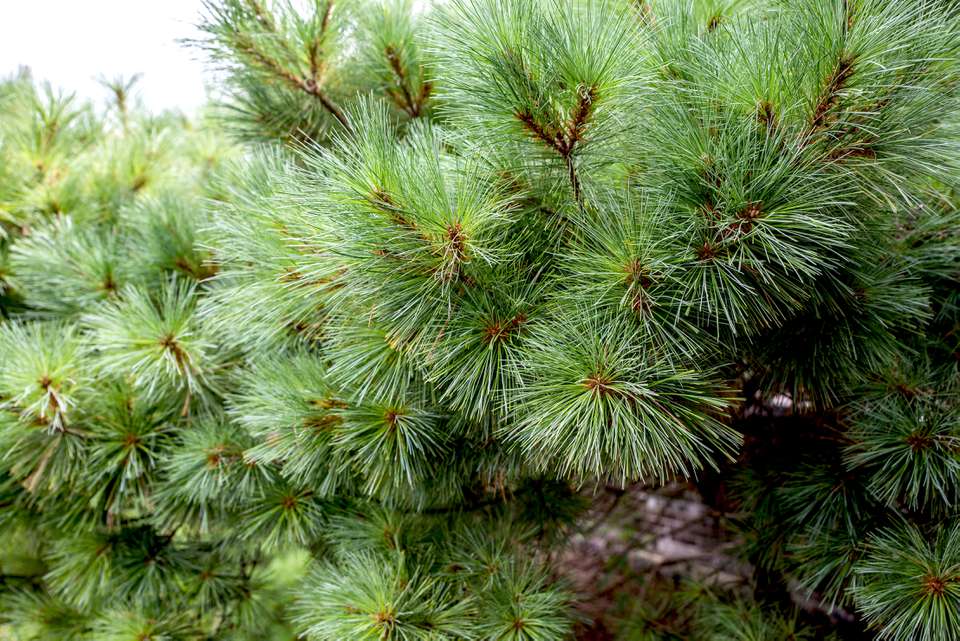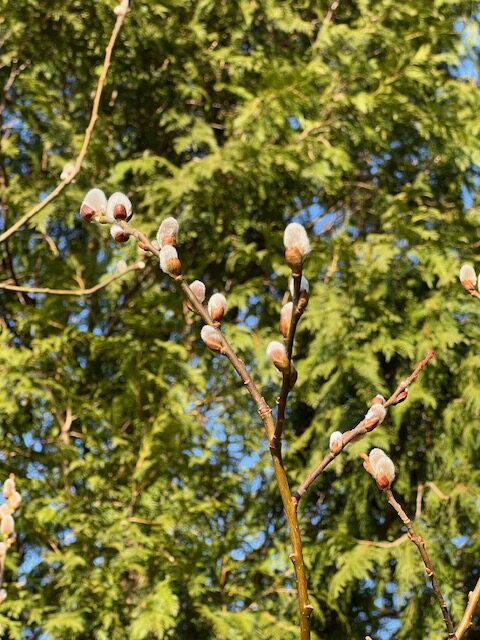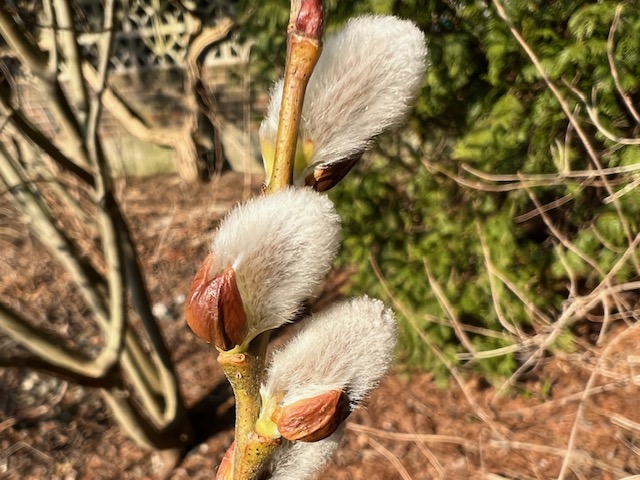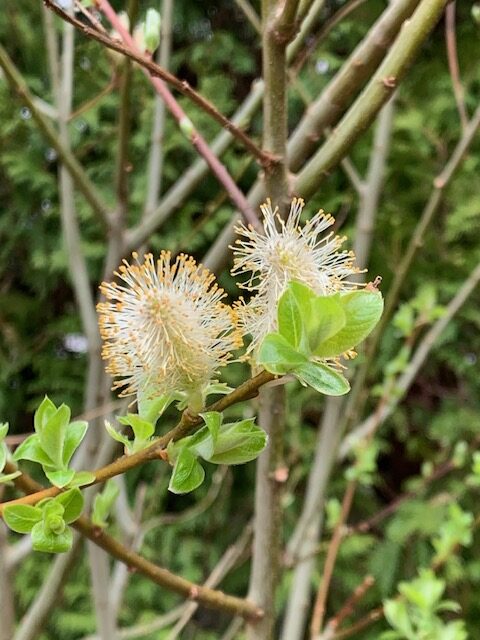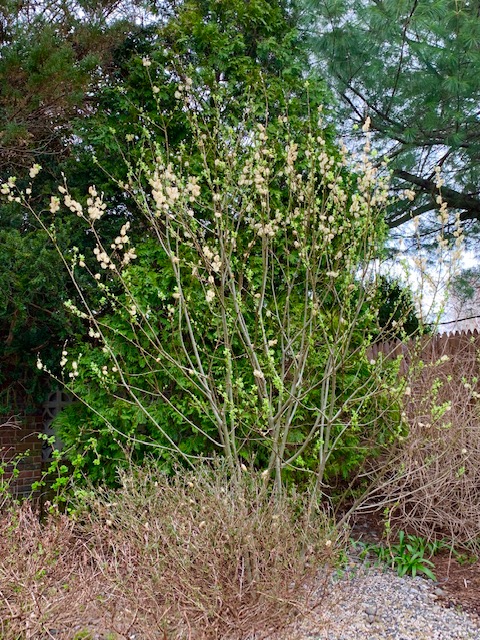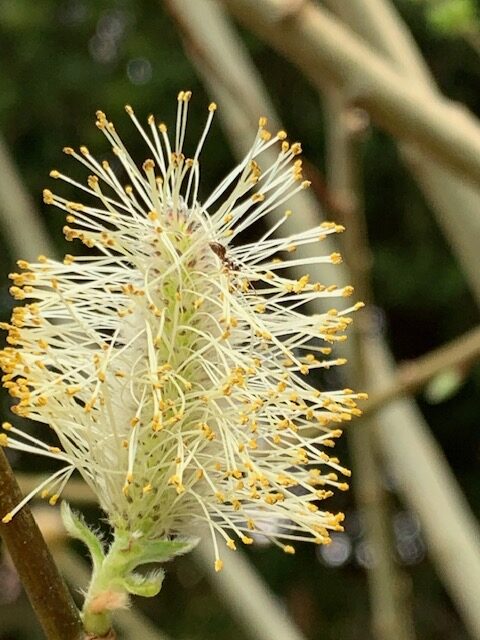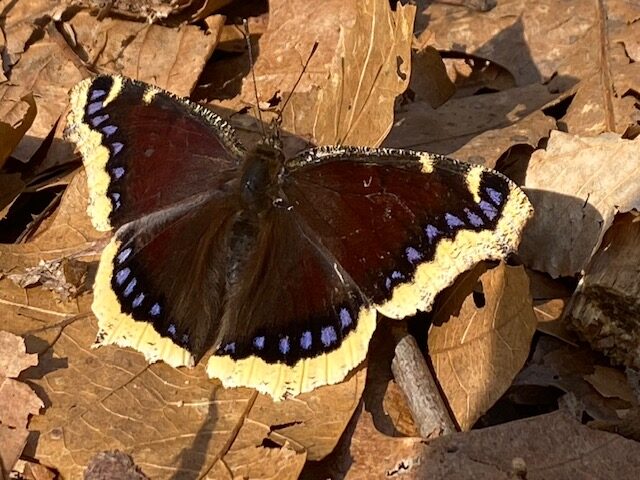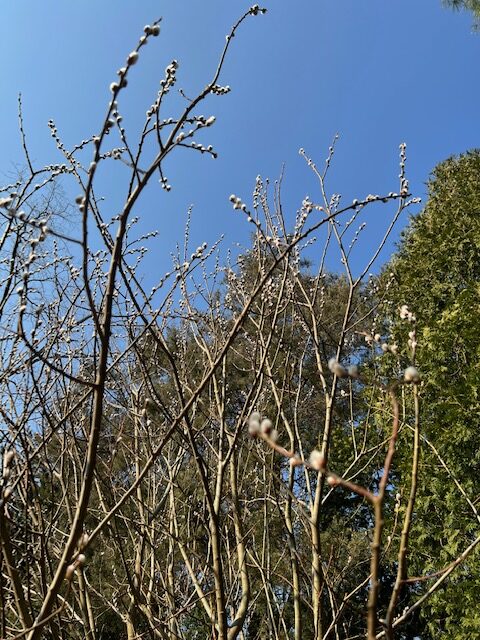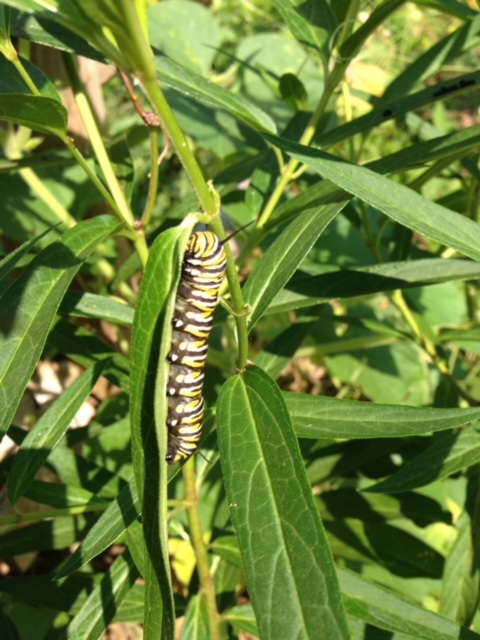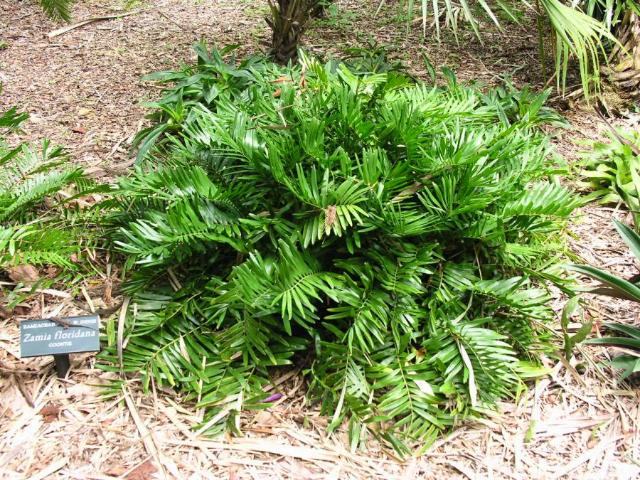
She bathed with roses red, and violets blue,
Sir Edmund Spenser, 1590
And all the sweetest flowers, that in the forest grew.
Celebrated in song and verse for centuries, violets have been revered for their delicate beauty, their culinary and medicinal value, their sweet scent, and their happy association with spring. Depending on the culture and time, violets have been symbols of many virtues, including modesty, purity, faithfulness, everlasting love, and remembrance. With over 400 species distributed around the Northern Hemisphere, violets have been known, appreciated, and used by humans all over the world and throughout history.
Only in recent times have violets fallen into disrepute — as an enemy of the perfect lawn. Weed-killers have been employed widely to get rid of this “delicate and fair” little bloom. But at what cost? Let’s reconsider.
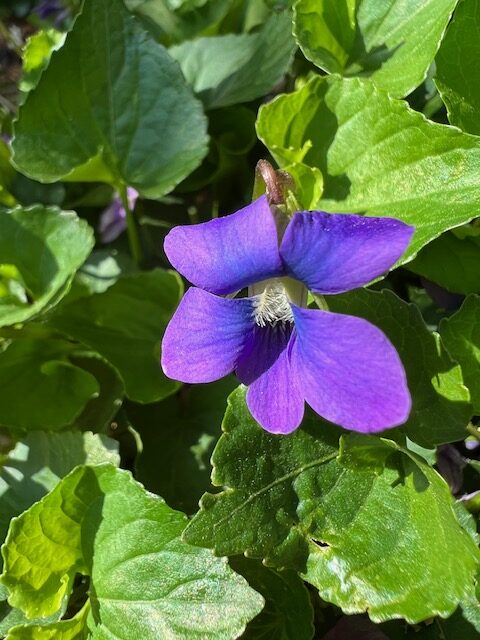
The Common Blue Violet, native to forests and meadows of the Eastern US, is Viola sororia. The word sororia means “sisterly,” apparently because our native Violet bears a close family resemblance to the hundreds of other species of Viola distributed around the globe – a vast sorority!
The Viola genus also includes the large variety of annuals known in horticulture as “pansies,” but African violets are in an entirely different genus and unrelated. Numerous other species of Viola are native to the US in varying flower and leaf colors, and are suited to a variety of habitats. Horticulturists have developed cultivars of Viola sororia in pure white, speckled, and even grayish forms that are available for sale. But even in the wild, natural color variations are common among Viola sororia, so you may see blue and mostly-white flowers growing together.
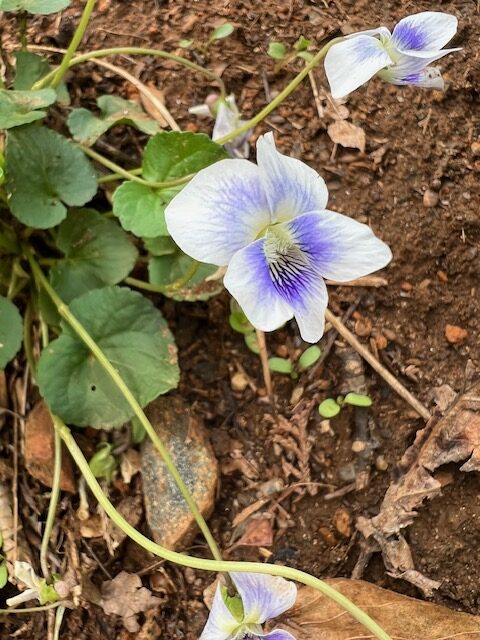
Both the flowers and leaves of the Common Blue Violet are edible – and tasty! The leaves may be eaten raw in salads or cooked like spinach, and they are loaded with vitamins A and C. The flowers have a delicate flavor and are frequently used to garnish salads, or candied as a charming decoration for sweets. It’s easy to find directions on-line for making your own candied violets, and all you need is an egg white and sugar. Just be sure to harvest your violets from a spot that has NOT been treated with herbicide or pesticide!

Violets have been used medicinally in many cultures. They are said to have anti-oxidant and anti-inflammatory properties and to be useful in a tea for treating coughs and colds. Poultices made from Violets also have been used to treat skin conditions like insect bites, dry skin, and eczema.
Like most native plants, the Common Blue Violet’s greatest value is to nature. Violets are the host plant for some of our most spectacular native butterflies – Fritillaries. Just like monarchs, whose caterpillars only feed on milkweed, all 20 species of Fritillaries must lay their eggs where their caterpillars can find Violet leaves. The caterpillars usually stay close to the ground, hiding under the leaves and feeding on them at night. The adult butterflies will visit many different nectar flowers and are always a thrill to see.
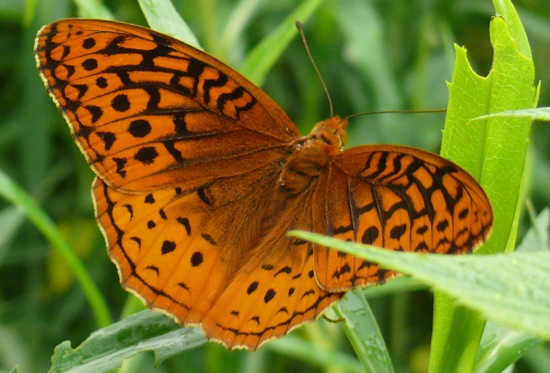
Photo: Marcie O’Connor, prairiehaven.com

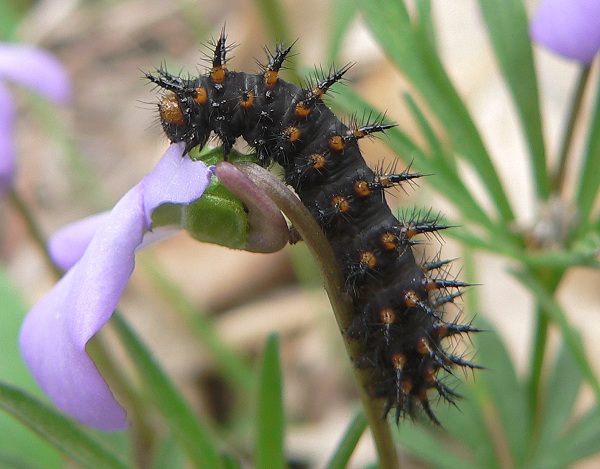
Photo: Marcie O’Connor, prairiehaven.com
Violets are also an essential source of nectar to many early-emerging native bees. At least one species of American bee specializes in Violet pollen, meaning that is the only thing the bee can eat and feed its young. Andrena violae is a small bee common in the Eastern US that emerges from its winter hibernation in April and May and immediately begins hunting for Violets, which bloom at just the right time. The bee pollinates Violets so they can produce seed, keeping future populations of Violets available to feed Fritillaries — a great example of the inter-connection between native plants and multiple insects.
The native habitat of Viola sororia is moist woods and along streams, but it can adapt to sunny conditions with enough water, which explains why Violets do so well in fertilized and irrigated lawns. In the garden, in rich soil and partial shade, Violets make a lovely and durable groundcover. The heart-shaped leaves look tidy all summer long, and individual plants can live up to 10 years.
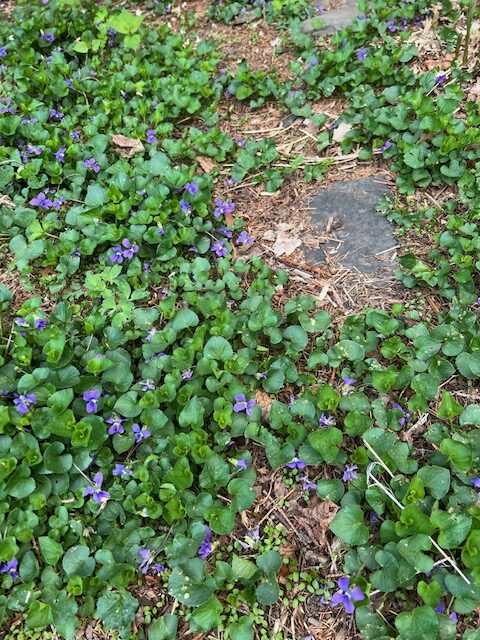
Violets spread easily by seed, which is why they are so often considered “weedy.” In addition to producing seed from pollinated flowers, Violets utilize cleistogamy, a process of self-fertilization that guarantees survival even if unpredictable weather conditions in early spring do not allow for sufficient pollinator visits. Cleistogamous flowers appear in late summer, never opening for insect pollination, yet still producing fertile seeds. The seeds mature in capsules that literally explode, throwing seeds up to several yards away from the parent plant. Seed dispersal is further helped by ants that collect the seeds for their rich coating of protein and fat. The ants discard the seeds after consuming the coating, effectively planting them at even greater distances from the parent.

For most of our history, people considered a “flowery mead” to be the idyllic lawn, a beautiful and romantic place for children and lovers to frolic in the merry month of May. So, consider leaving the “modest and delicate” blossoms of violets blooming this spring. The bees and butterflies will thank you!
